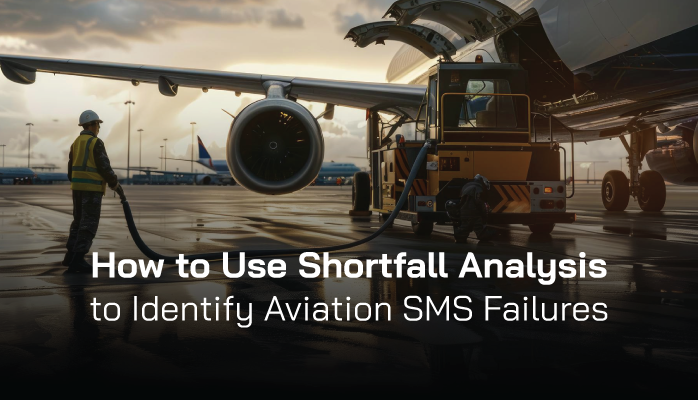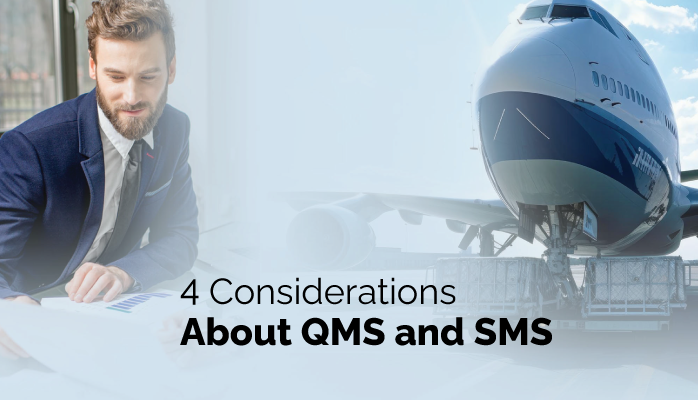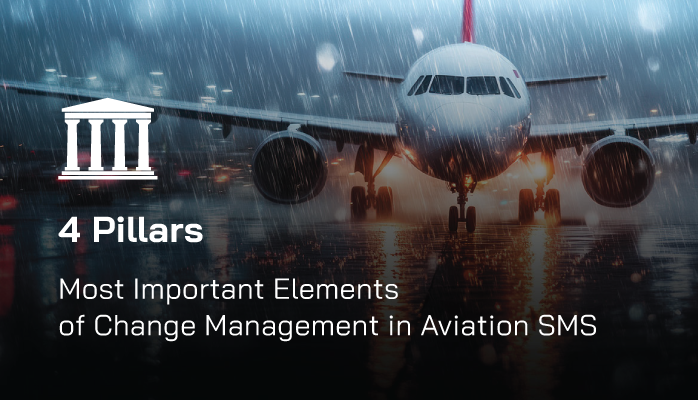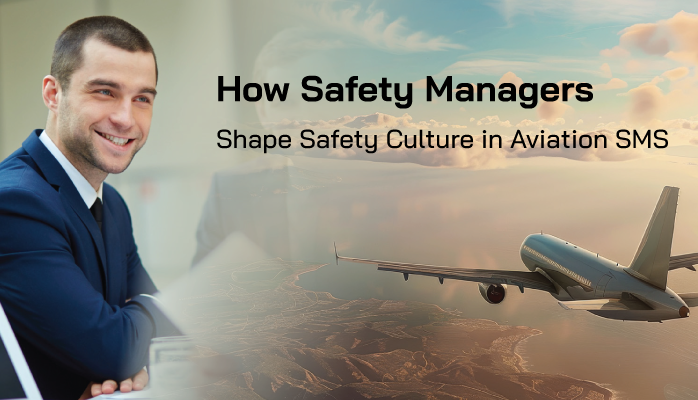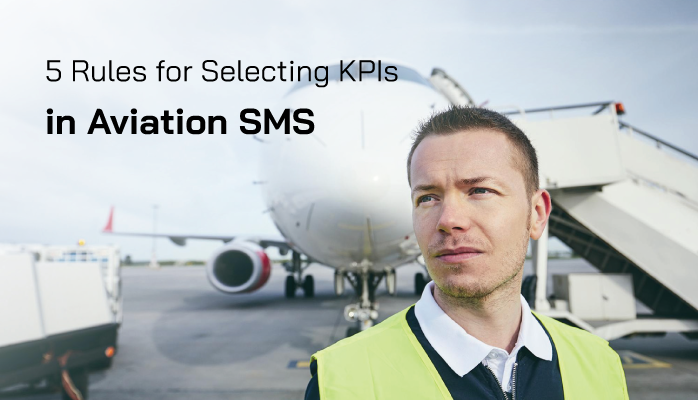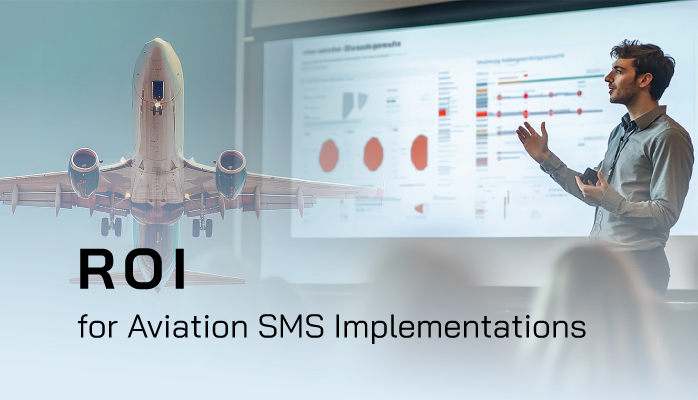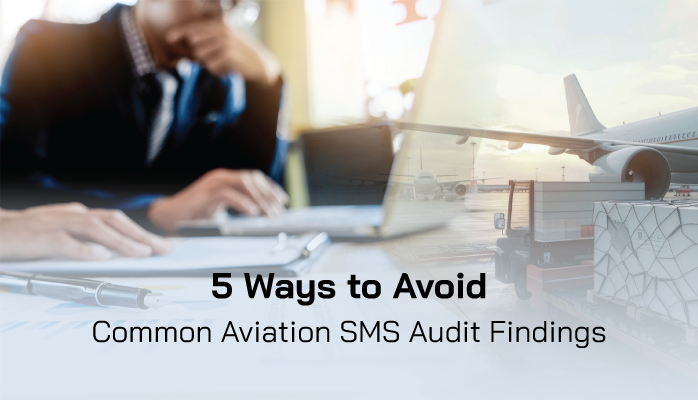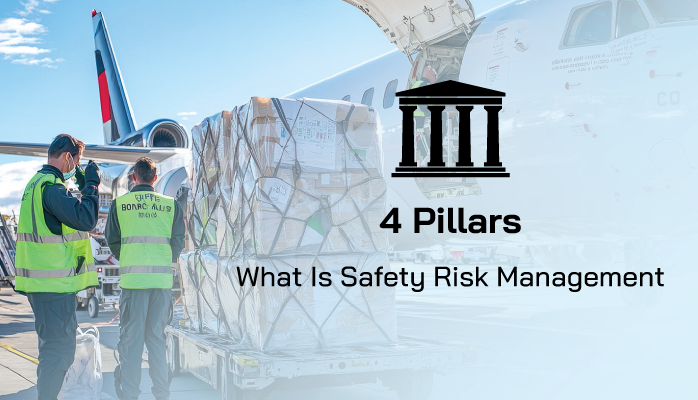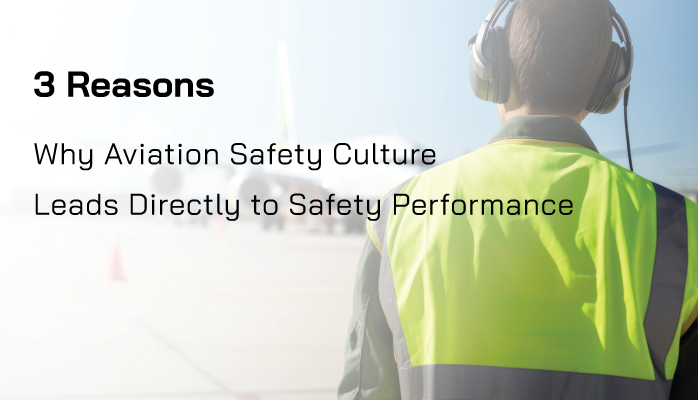What Is SMS Shortfall Analysis?
In every aviation safety management system (SMS), the accountable executive is responsible for ensuring the SMS is properly implemented and working across the entire organization. In order to fulfill this responsibility, accountable executives and their safety teams need tools to identify and address substandard safety performance.
